5 Things About Georgia O'Keeffe: a car accident, stretching her own canvases, other artists in her orbit ...
Plus museums dedicated to women artists (there aren't many), her sister Ida's experience with Stieglitz, and a version of Starry Night
When I was working on The Artist’s Mind, I often found information that was interesting but didn’t necessarily fit into the text of the book itself. I added these bits and pieces to the end of each chapter as “Fun Facts” but for the most part those got removed in the editing process before publication.
So, I thought I’d share with you the four fun facts that I had about Georgia O’Keeffe and one more that’s an extension of what I’d already been exploring in terms of how anxiety and depression affected her creativity.
Fun Fact: Santa Fe’s Georgia O’Keeffe Museum was the first museum in the United States dedicated to a female artist.
It opened in 1997, just over a decade after the artist’s death. That’s right, America didn’t have any museum dedicated to a single female artist’s work until almost the 21st century.
In addition to the museum, you can book tickets to tour O’Keeffe’s home and studio.
There are very few major museums dedicated to women’s art. According to the Internet, The National Museum of Women in the Arts (NMWA) in Washington, D.C. is the only major museum in the world solely dedicated to showcasing the achievements of women artists. Founded in 1987, the NMWA collection includes works by more than 5,500 women artists from around the globe, from the Renaissance to the present day.
Some other key museums/institutions dedicated to women’s art:
Paula Modersohn-Becker Museum in Bremen, Germany, the first in the world dedicated to the work of a female painter, opened in 1927.
Elizabeth A. Sackler Center for Feminist Art at the Brooklyn Museum in New York City
The Museo Nacional Centro de Arte Reina Sofía in Madrid, Spain has a large collection of work by 20th-century Spanish women artists
Femmes Artistes du Musée de Mougins, opening 2024
Fact Source: Wood, Alix. “Georgia O’Keeffe.” Windmill Books. 2015. Page 28.
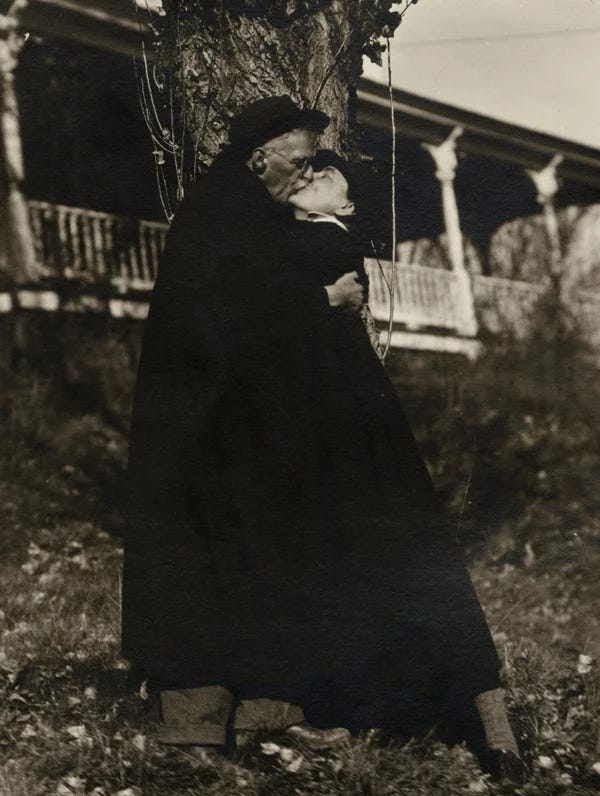
Fun Fact: When O’Keeffe and Stieglitz married, they did so with a justice of the peace and no ceremony. The only significant thing that happened that day was the perhaps ominous omen of getting into a car accident on their way home from getting married. After they married, he attempted a flirtation with her sister Ida, who had the good sense to turn him down.
Ida was a nurse by occupation but also a painter and had said at times that if she’d “had her own Stieglitz” she could have been as famous as her sister, but others argue that Georgia had a passionate creative drive and insistence on her own need to create art that Ida may not have had.
Sources: Bullen, Daniel. “The Love Lives of the Artists: Five Stories of Creative Intimacy.” Counterpoint Press. 2013. Page 81. AND New Yorker
Fun fact: Georgia O’Keeffe corresponded with a number of other artists with mental health issues. She was an early mentor to Yayoi Kusama who, like her, struggled with anxiety. She corresponded with Andy Warhol who has been suggested to have had a hoarding disorder, which is an anxiety disorder. And when she was in the hospital for depression, Frida Kahlo wrote to her.
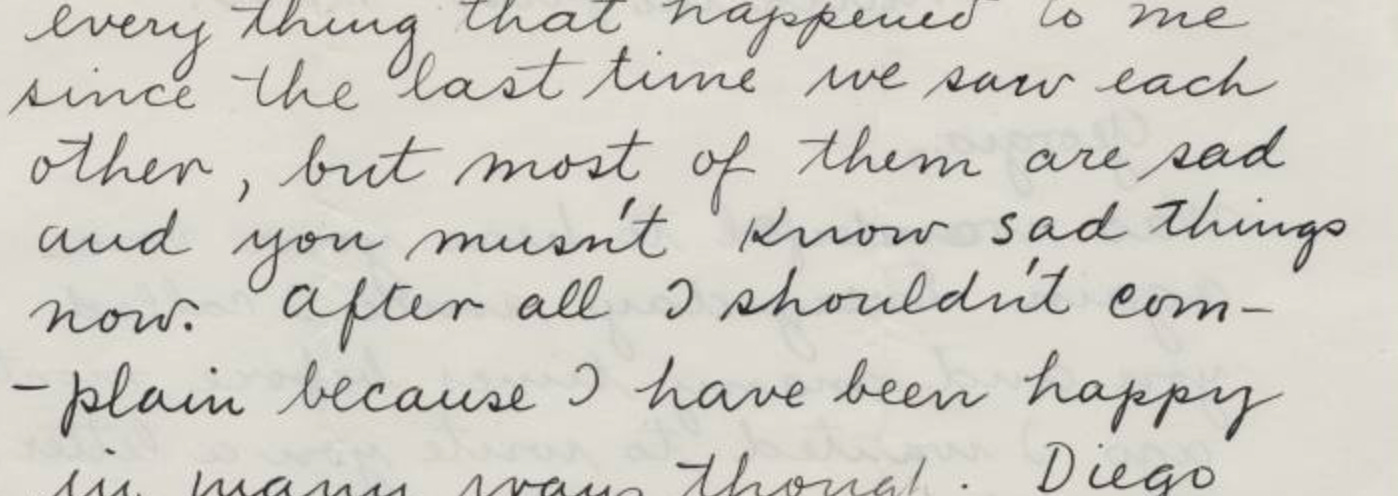
Fun Fact: In 1917 O’Keeffe painted Starlight Night, which she loved so much she turned it into her Christmas card for friends that year. In 1922, she painted a new version of it called Starlight Night, Lake George, which has been compared to Van Gogh’s Starry Night.
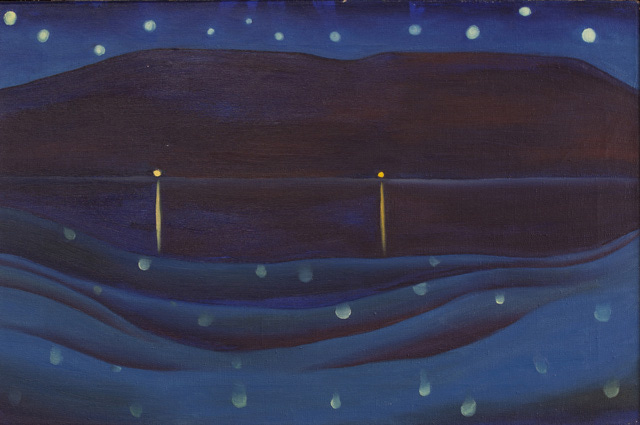
Fun Fact: O’Keeffe was a perfectionist and it led her to stretch her own canvases.
Many people try to self-regulate by avoiding their anxiety triggers; art can be a way to escape and thus to avoid, which can lead to procrastination, because of the fear that the work won’t be perfect. Sometimes she wanted to create, was trying to create, but couldn’t complete anything, a common feature of anxiety’s ruminations telling you that the work isn’t good enough.
Sharyn R. Udall writes,
“In the 1920s, when her exhibitions began to attract critical notice, the anticipation of them often plunged her into depression accompanied by significant physical symptoms.”
Although Udall calls this depression, it seems more likely - or at least inextricably linked - with her anxiety. Anxiety is worry about the future; her fears about what was to happen at each exhibition seem to have overcome her to the point that she became physically ill, a common symptom. For example, one week into her 1923 exhibit “she took to her bed ‘with the grippe’” which is an old-fashioned word for flu symptoms. Many anxiety symptoms, such as fatigue, muscle pain, nausea, and diarrhea can look like the flu.
In another example of her perfectionism, author Maria Popova writes,
“O’Keeffe was known for her unflinching work ethic — an artist who, dissatisfied with the quality of commercially available canvases, began stretching her own.”
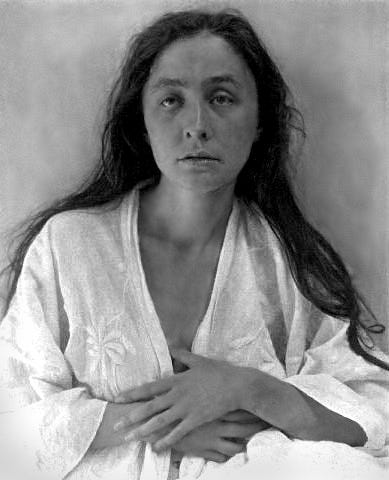
Sources: Maria Popova, “Georgia O'Keeffe on Art, Life, and Setting Priorities,” Brain Pickings, November 16, 2019, AND Udall, Sharyn R. Georgia O'Keeffe and Emily Carr: Health, Nature and the Creative Process. Woman's Art Journal Vol. 27, No. 1 (Spring - Summer, 2006), pp. 17-25
If you read this far, perhaps you liked the work. The work does take work. It only continues with support, so please consider subscribing. My annual rate starts at $10 per year.





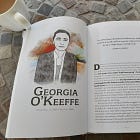
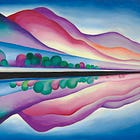

I've really enjoyed the deep dive into O'Keeffe's life. You have created such a vivid portrait of her!